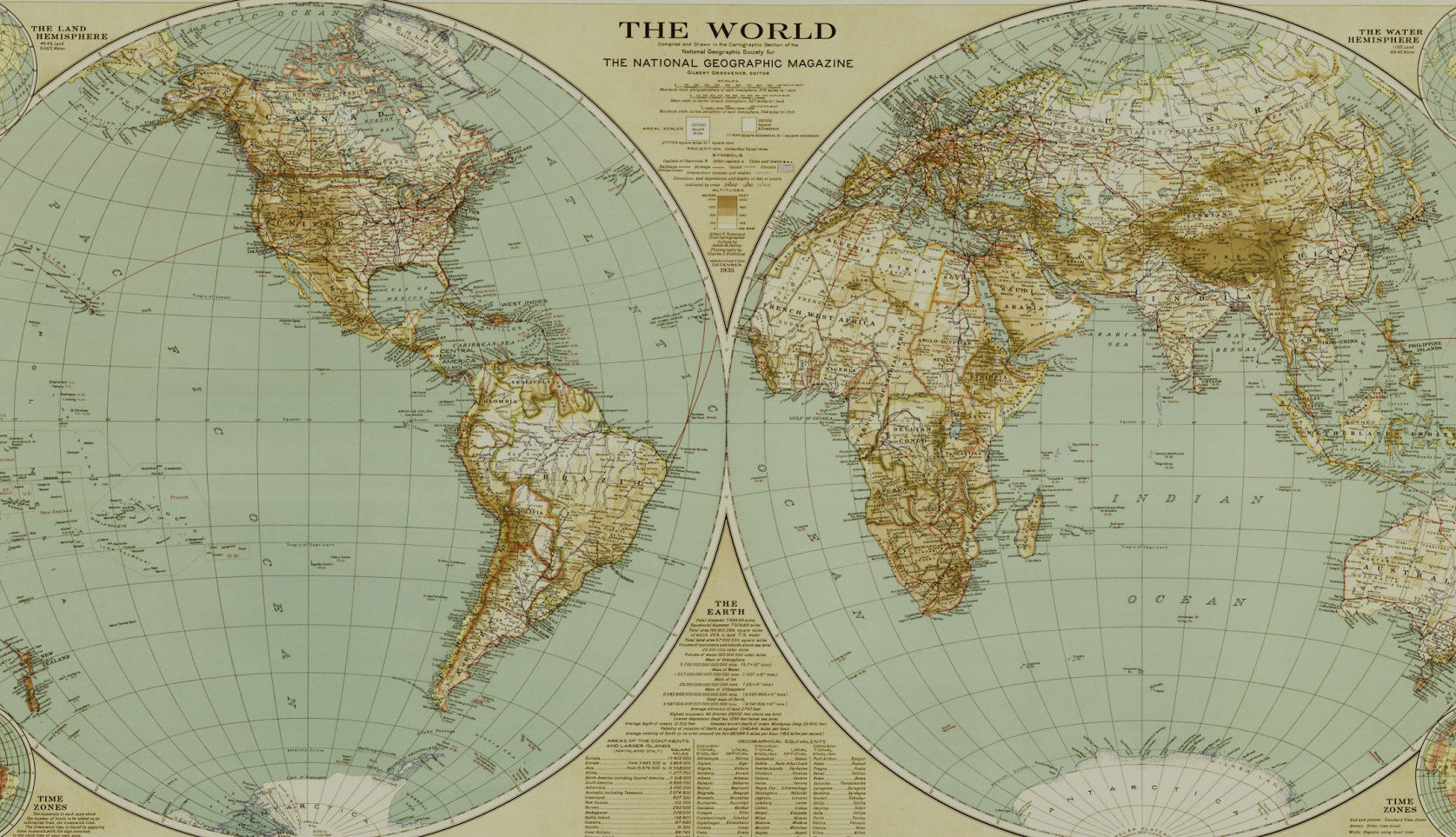For month four of Global Archaeology I’ve been helping out with the 2016 season of the PACOY Project (Proyecto Arqueológico Colaborativo del Oriente de Yucatán) in the small village of Tahcabo in the centre of the Yucatan Peninsula, Mexico. The project is directed by Dr. Patricia McAnany and Dr. Ivan Batun Alpuche. A major aspect of their work is to look for evidence of ancient through colonial Maya gardening practices by investigating rejolladas.
A rejollada is a large circular sinkhole in the natural limestone bedrock that often contains deep moist soil. In a dry landscape with very little topsoil it’s understandable that these were (and still are) highly valued as locations for gardening. To find out more about how rejolladas were used in the past, Field Co-ordinator Maia Dedrick is excavating 2m x 2m trenches in six of Tahcabo’s rejolladas. Her team is systematically taking archaeo-botanical samples so that plant remains from different depths can be compared and dated using radiocarbon dating (C14).
The village of Tahcabo has been has been more or less continuously occupied since the Late Preclassic period (~450 BCE-100 CE). The numerous rejolladas and two large cenotes (natural, water-filled sinkholes) make the village a very pretty and desirable place to live. In the past, plants grown in the rejolladas may have been maize (corn) and root vegetables, with the moisture hungry and highly valued cacao and cotton also possible. In Tahcabo they are still used for gardening, for making earth ovens (píib) and for conducting the Ch’a’ Cháak rain ceremony.
We have been collecting any visible charred seeds and wood so that each 20cm depth can be dated using C14. The C14 samples will be sent to a lab with an Accelerator Mass Spectrometer (AMS), a machine that counts the individual C14 atoms in a sample. Samples from levels that also had pottery sherds are great for analysis because if the type of pottery can be identified it can also be dated (even without C14).
The biggest type of sample taken is 30 litres of soil collected from each 20cm depth for flotation. We’ve been using big animal feed bags to hold this much soil. These are processed through a flotation tank in the evenings to recover any charred plant remains not large enough to be collected during excavation or sieving on site. The flotation process passes the 30L sample through water so that the soil gets washed away and what’s left can be examined. Any charred plant remains identified, like seeds or wood, will help the team understand what was growing in the rejolladas in the past.
A much smaller sample (around 30 grams) of soil is taken from each 20cm depth for Carbon Isotope analysis. It is very important that this sample is taken with clean tools so that contamination is minimised. Soil carbon isotope analysis is used to determine if the soil is enriched with the carbon isotope C13. Basically, the higher the ratio of C13 isotopes present in a sample the more maize was grown in the rejollada at that time. By comparing different samples by depth it may be possible to identify periods of more or less intensive maize cultivation.
Another small soil sample for pollen analysis is collected in a similar way. Archaeobotanists are most likely to find pollen from plants that are wind pollinated, but pollen from insect pollinated plants can also be found. Because the wind moves pollen around a landscape, pollen found in the samples can paint a picture of what the surrounding landscape was like at a particular point in time, in addition to what may have grown in the rejollada itself. Pollen sampling is one of the only ways to archaeologically identify one of the most economically (and socially) important Mayan crops: cotton.
A bigger sample (around 100 grams) is taken from each 20cm depth to look for phytoliths and starch grains. These very different microscopic plant remains just happen to be sampled and analysed in similar ways (lucky us!). Phytoliths are silica components of plant cells that survive well in the soil even when the rest of the plant does not. Phytoliths can identify a wide variety of plants. Starch grains can be used to detect root vegetables and maize (corn) in particular. Unlike the flotation that can be done each evening while the team is excavating, these samples have to be analysed after the field season. Both starch grains and phytoliths have to be separated from the soil in a laboratory using heavy flotation with chemicals and centrifuging.
Since each 20cm depth is being sampled in so many ways Maia will have many pieces of evidence to figure out the puzzle of ancient Maya gardening in Tahcabo’s rejolladas. By collecting C14 samples for each layer it will be possible to find out if the types of plants grown change over time. It’s possible that the results will show how gardening practices in Tahcabo changed after the arrival of Spaniards to Mexico. We’ll have to wait until the samples are analysed to find out!
If you would like to find more out about the PACOY Project, archaeobotany here are a few links to follow:
University of North Carolina, Faculty Projects in the Yucatan

1 comment for “Digging Rejolladas: searching for ancient Maya gardens”